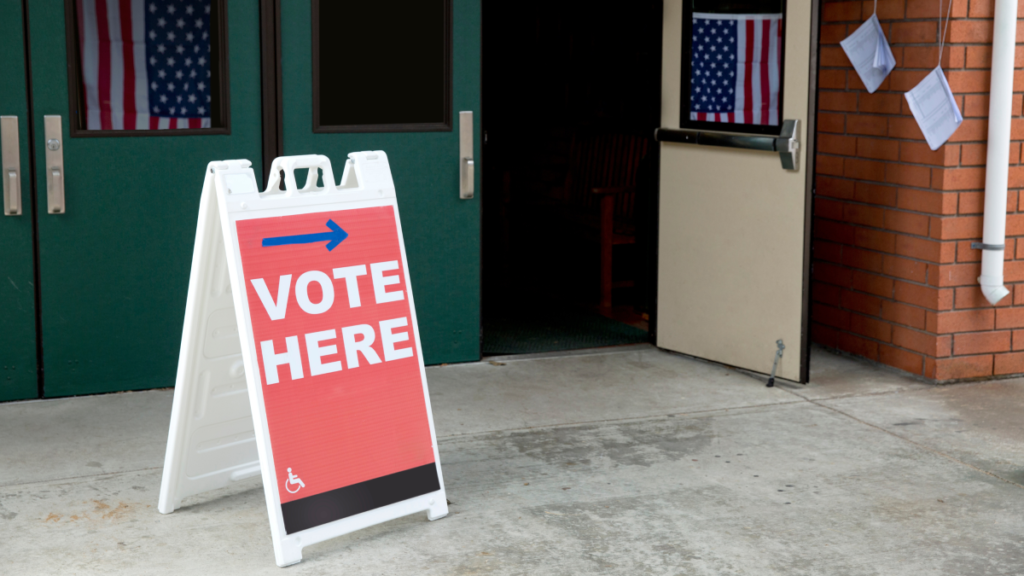As the 2024 presidential election nears, the race has tightened significantly between Vice President Kamala Harris and former President Donald Trump, reflecting a highly competitive political landscape. With less than a week remaining until the election, major national polls and swing state surveys highlight how both candidates are nearly neck-and-neck in popularity. Three prominent poll aggregators—Silver Bulletin, FiveThirtyEight, and the New York Times—each report a narrow advantage for Harris in the national polling averages, indicating she has a slight edge over Trump. However, this lead is minimal, with less than a two percentage point difference, suggesting a potentially unpredictable outcome on Election Day.
In looking at swing states, which are essential for both candidates, the polling data reveals an intricate and evenly matched contest. The battleground states identified—Nevada, Arizona, Wisconsin, Michigan, Pennsylvania, North Carolina, and Georgia—show varying leads for both candidates across different aggregators. For instance, while Trump shows strength in states like Arizona and North Carolina, Harris remains competitive in others like Wisconsin and Michigan. These insights illustrate the fragmented nature of voter support and the critical importance of these pivotal states, collectively referred to as the battlegrounds, in determining the overall winner of the election.
Breaking the data down further, according to the polling averages from Silver Bulletin, Trump currently holds a lead or is almost tied in several states, including Nevada and Arizona, while Harris maintains a slight edge in Wisconsin and Michigan. FiveThirtyEight’s analysis echoes these sentiments, with closely matched figures for both candidates, highlighting the tight race in crucial states. The New York Times’ data affirms this conclusion, illustrating that no candidate can claim definitive dominance in these battleground areas. According to Nate Cohn, the Times’ chief pollster, the extraordinary closeness of these contests shows no evident front-runner, making the outcome uncertain and dependent upon final voter turnout and behavior.
The historical context further emphasizes the necessity of certain states for both candidates. For Harris, winning back the so-called “Blue Wall” states—Wisconsin, Michigan, and Pennsylvania—is vital, given the Democrats’ previous losses in these regions in 2016, where Trump secured a surprising victory by flipping these traditionally blue states. In contrast, President Biden’s triumph in 2020 was bolstered by regaining these key areas, particularly Pennsylvania, which ultimately secured his presidency. Thus, the dynamics of these states and their voting patterns will be a major focal point in the final days leading up to the election.
Polls, however, serve only as a reflection of current public sentiment and not as definitive predictors of election outcomes. They provide a snapshot of voter preferences but cannot foretell how these preferences will translate into actual votes. Moreover, the significance of early voting and potential shifts in public opinion in the final moments of campaigning could alter trajectories significantly for both candidates. The democratic process ultimately hinges upon what transpires in the polling booths on Election Day, making the next several days crucial for both campaigns.
Overall, this election cycle is marked by intense competitiveness, as the narrow margins in both national and swing state polls portray a landscape rife with uncertainty. As Harris and Trump each endeavor to solidify their bases while appealing to undecided voters in these vital states, the threshold for victory hangs precariously. With the polls indicating a dead heat, it serves as a powerful reminder of the unpredictability of elections, where every vote could tip the scales. In preparation for the climax of the campaign, both candidates must navigate the complex terrain of voter sentiment, campaigning effectively to mobilize support in an election that promises to be one of the most contested in recent history.

